If you can age deer tracks, you know how far ahead your prey is and how fast you can move without giving away your approach.
When it comes to aging those deer tracks you found, the weather in the days leading to your discovery is critical. While mud holds tracks the longest, snow is a frequent weather event during most regular deer hunting seasons and often provides the best track aging information.
There are two degrees of freshness for deer hunters when using aging tracks: Tracks more than a day old and those less than three hours old.
Tracks older than one day provide you with proof that a deer inhabits the land. For most hunters, this is enough to scout out the area for an excellent stand location and return later to hunt the spot.
A track less than three hours old means you must slow your stalk speed and continue as quietly as possible.
Related: Best hours of the day to deer hunt.
Related: How to score a buck.
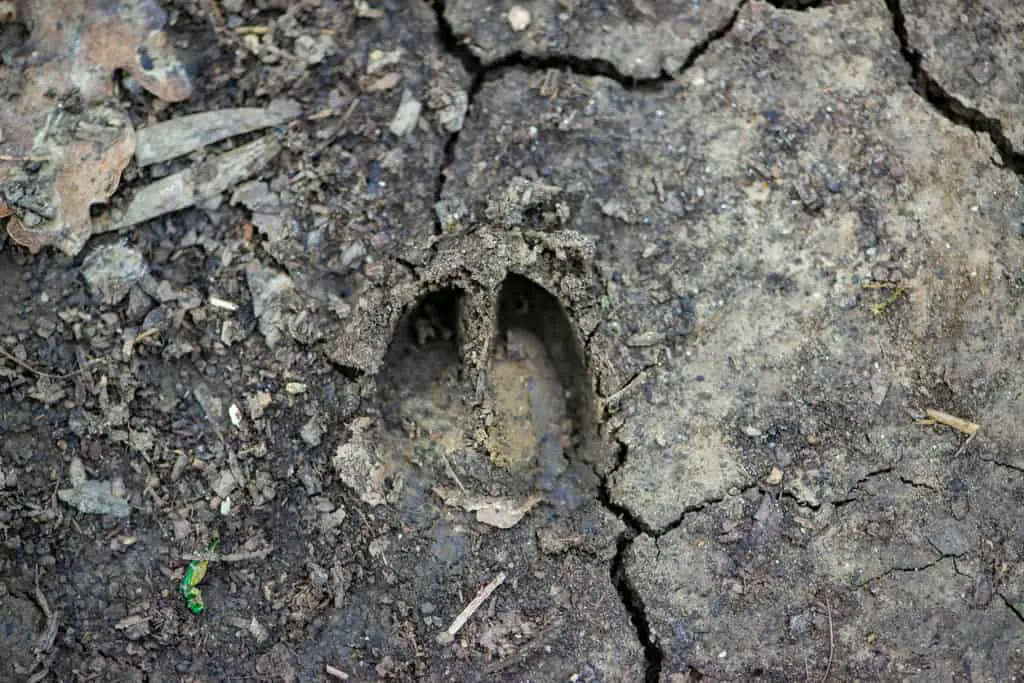
How to age deer tracks.
Fresh deer tracks are clean with no snow dusting them, rain accumulated inside, or vegetation blowing into them by the wind. The edges are knife-sharp, and the top walls of the print are as wet as the soil around the print. Sunlight and low temperatures have not had time to affect the track.
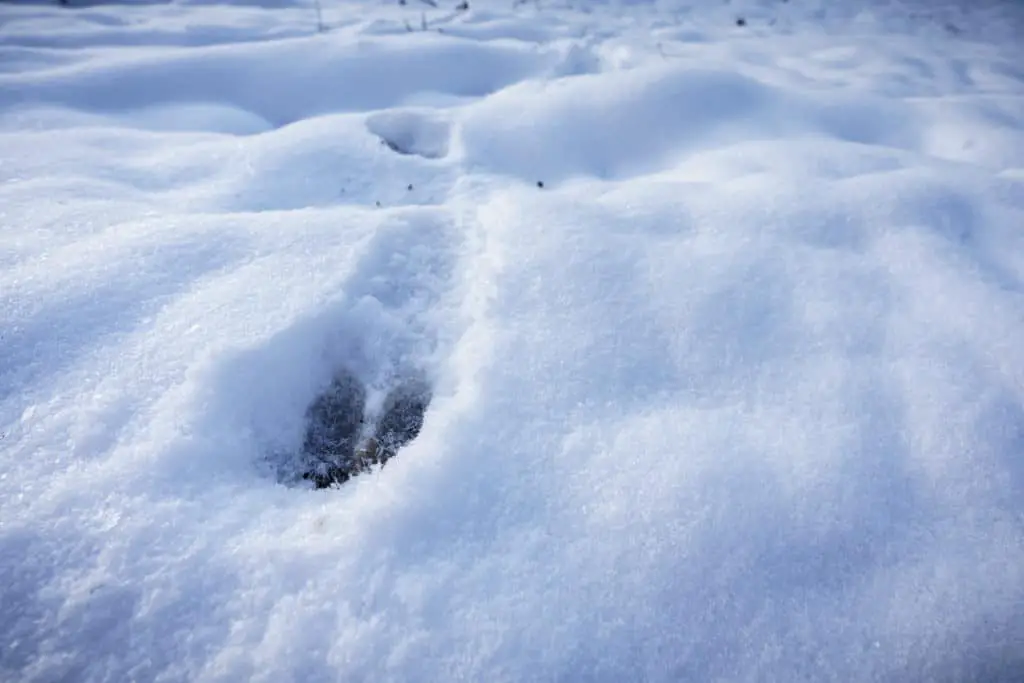
How to age deer prints in snow.
It’s all about the recent weather. Tracks in snow start sharp and clean. Then, as the temperatures rise, those sharp edges round off. Finally, as temperatures dip below freezing, ice crystals develop inside the track.
Tracks in deep snow are harder to age than those in light snow. With deep snow, you’ll have to examine the kicked-out (excavated) snow to determine its age. Excavated snow is exposed to the elements, especially melting.
You know they were made after the last snowfall if good clear tracks in the snow have no snow in them.
Related: Antlered does?
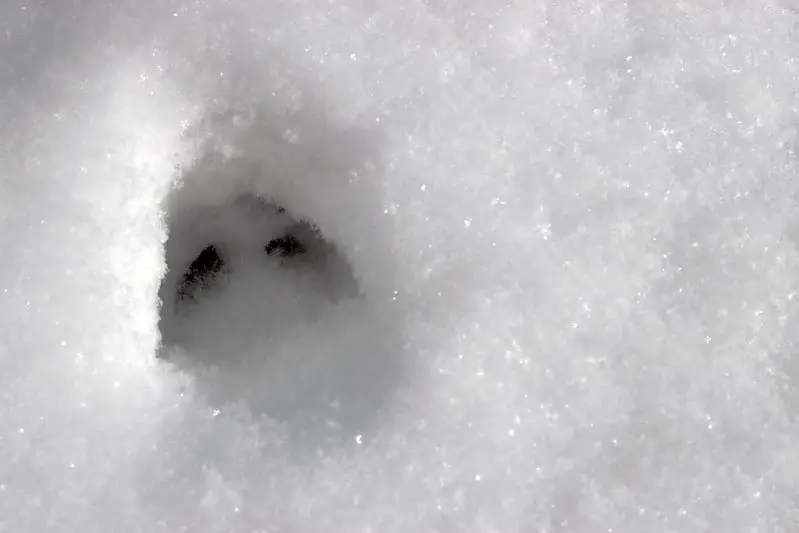
Has any snow built up inside the track if the wind blows hard enough to move the snow on the ground?
If you find the track has an icy surface in the morning, then the print froze at some point overnight.
If you find clean, fresh tracks in the morning, check for ice crystals. No ice crystals mean it’s from that morning.
If you find a fresh sharp track when the temps are above freezing or the sun is shining, and the sky is clear, that track is new and hot.
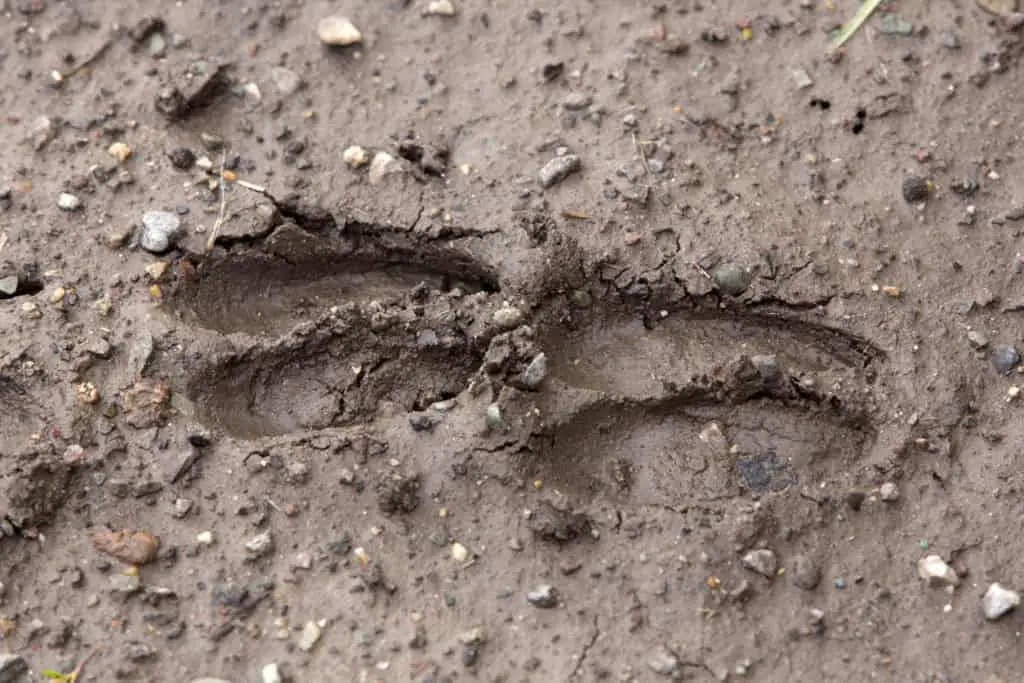
How to age deer tracks in mud.
With mud, knowledge of recent weather still plays a critical role, but now we can add gravity to the list of things that aid you to track.
If a deer fled minutes before you arrived and left tracks in the mud, here’s what you’ll find.
Along the outside of the print, there will be fissured walls and bits of soil. Gravity will soon pull these materials down into the track. If none have yet to fall, the print is exceptionally fresh.
As that track ages, the first changes occur in the color of the cracks and fragments displaced by the deer’s paws. These slivers and the edges of the track will dry out faster than the print itself.
As time progresses, the track’s sharpness will dull, and its edges will round as gravity takes hold.
Eventually, debris will fall into the print, the rain will collect in it, and heavier rain will wash it away. Knowing what day it rained or when the wind would have been blowing strong enough to move debris into it will help you determine the track’s age.
Related: Deer hunting in the rain?
Related: What is the best wind speed for deer hunting?
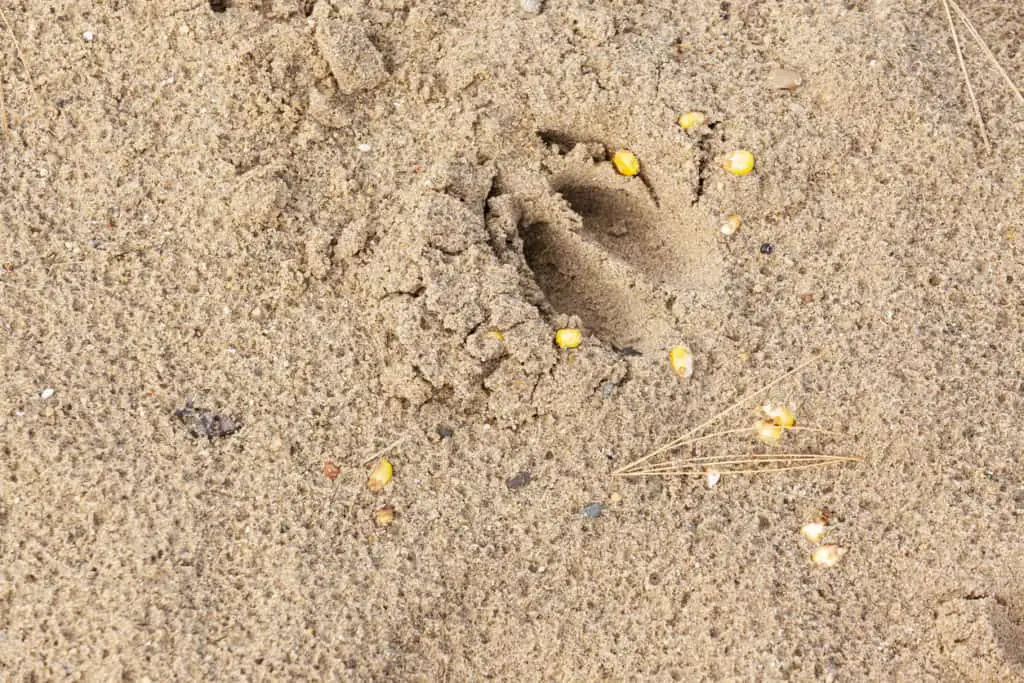
How to age deer prints in sand.
The freshest tracks in the sand will have raised surfaces near the crests of their walls that have not yet had time to begin to dry out. If you find a track in this condition on windy or sunny days, it’s 0-3 hours old.
A track found in the early morning that has no dew in it is from that morning. If it has dew in it, it’s from some point before sunrise.
If the track appears fresh and dry, but it recently rained, it’s from after the rain ceased.
Related: The best place to shoot a deer.

